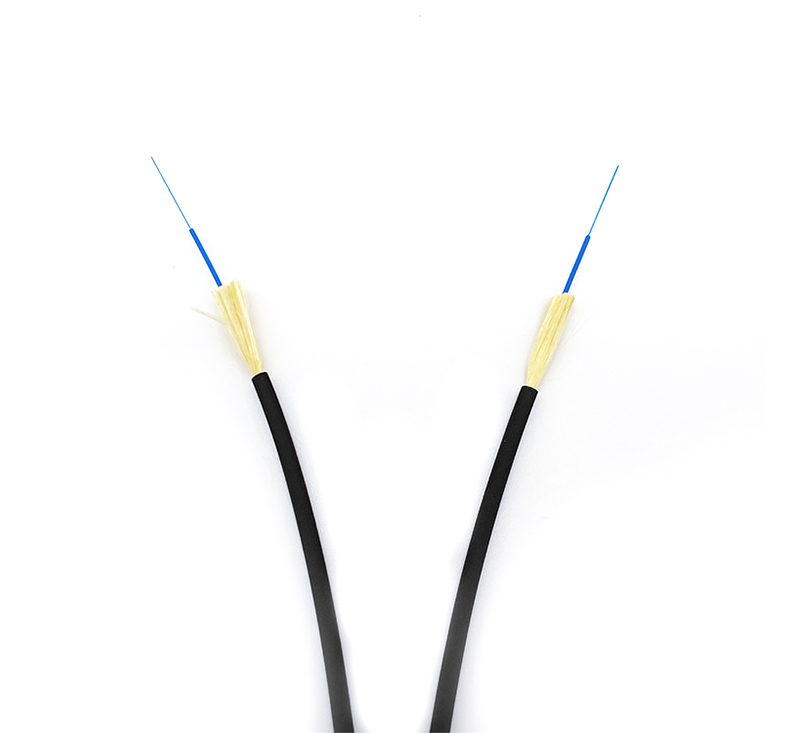1. Light is an electromagnetic wave
The wavelength of visible light ranges from 390 nm to 760nm. More than 760nm is infrared light, less than 390nm is ultraviolet light. The application of optical fiber is: 850nm, 1310nm, 1550nm three kinds.

2. Refraction, reflection and total reflection of light.
Because light travels at different speeds in different substances, light will be refracted and reflected at the interface of two substances when it is transmitted from one substance to another. Moreover, the Angle of the refracted light changes with the Angle of the incident light. When the Angle of the incident light reaches or exceeds a certain Angle, the refracted light will disappear and all the incident light will be reflected back, which is the total reflection of light. Different substances refract light of the same wavelength at different angles (that is, different substances have different refractive indices of light), and the same substance refracts light of different wavelengths at different angles. Optical fiber communication is based on the above principles.
1. The bare fiber is generally divided into three layers: a high refractive index glass core (generally 50 or 62.5μm in core diameter), a low refractive index silicon glass cladding (generally 125μm in diameter), and a resin coating for strengthening. Light is transmitted in the fiber core. When the Angle of the optical fiber to the interface between the fiber core and the outer layer is greater than the critical Angle of total reflection, the light can not pass through the interface, will all reflect back, and continue to transmit forward in the core, and the cladding mainly plays a protective role.
2. Numerical aperture:
The light incident on the end face of an optical fiber can not be transmitted by the optical fiber, only the incident light in a certain Angle range can be transmitted. This Angle is called the numerical aperture of the fiber. The larger numerical aperture of the optical fiber is beneficial to the docking of the optical fiber. Optical fibers made by different manufacturers have different numerical apertures (AT&T CORNING).










